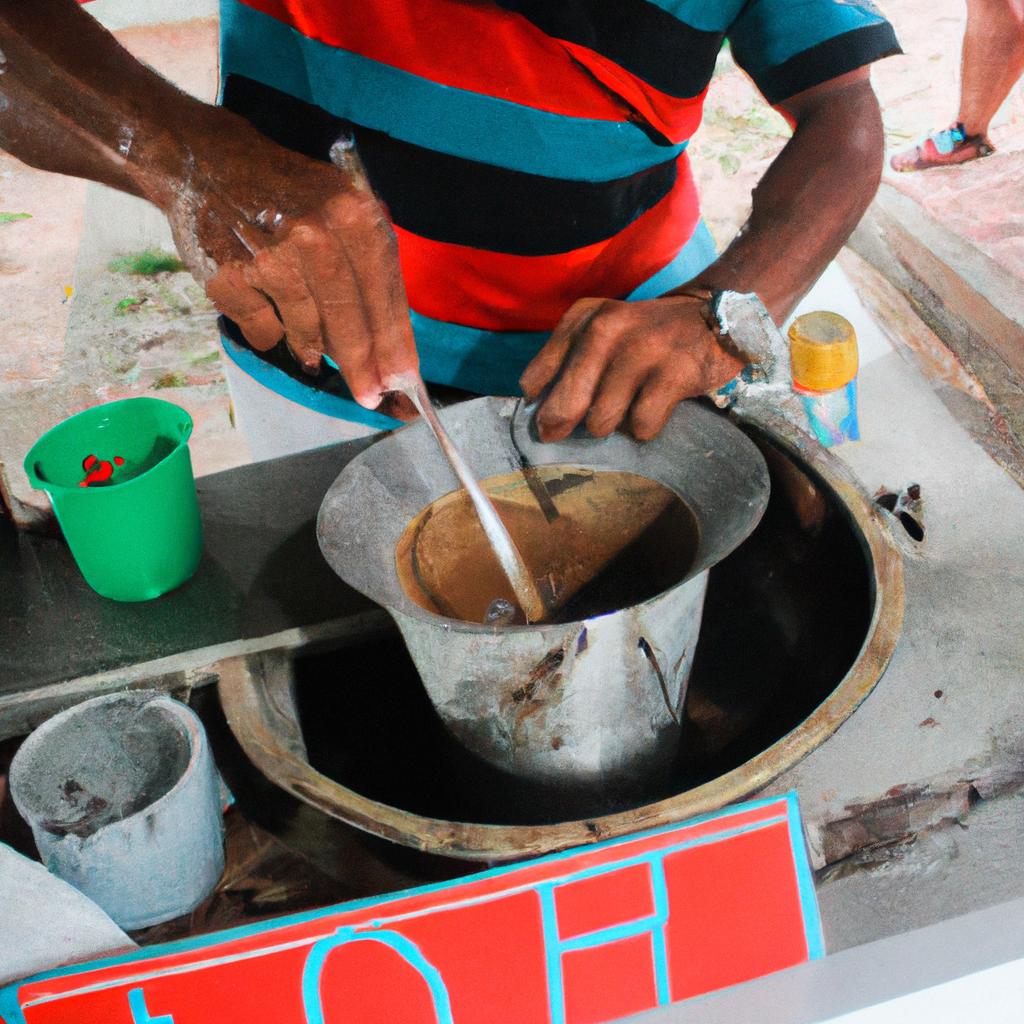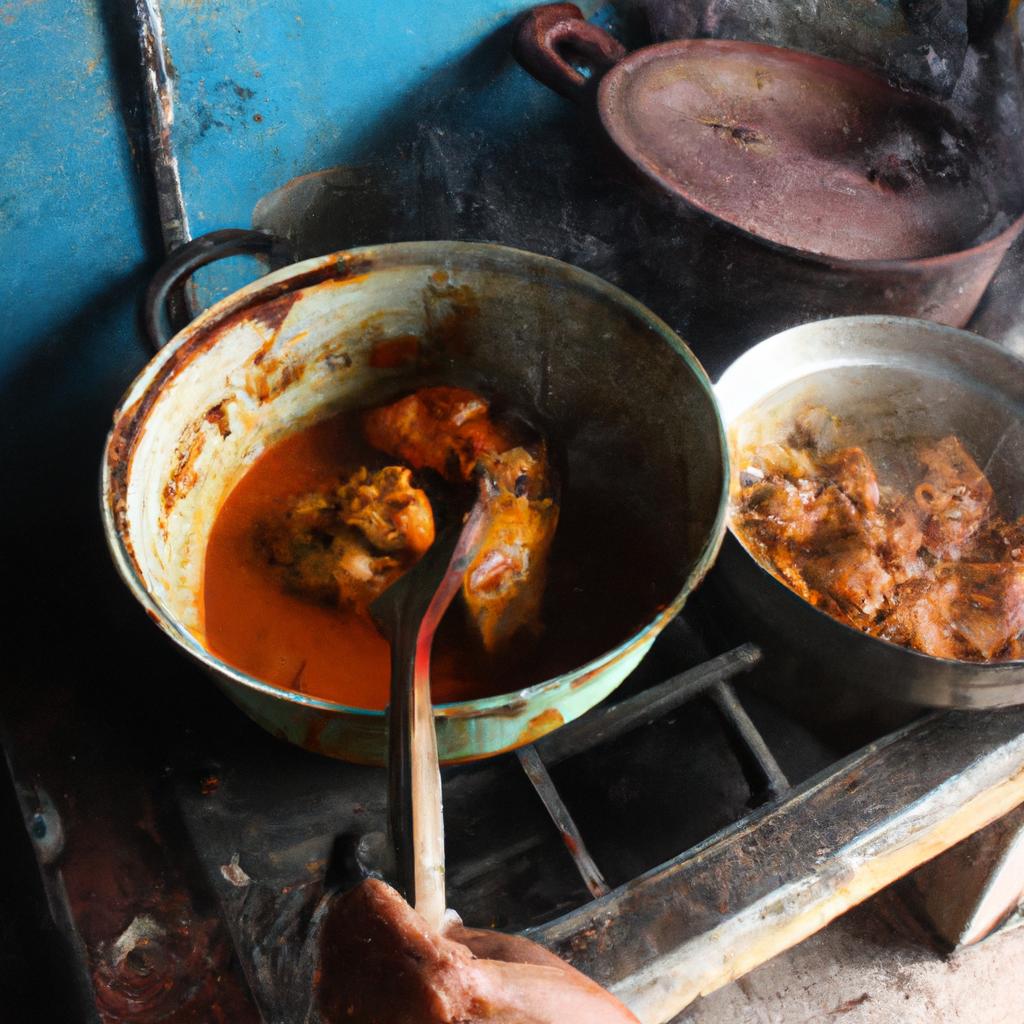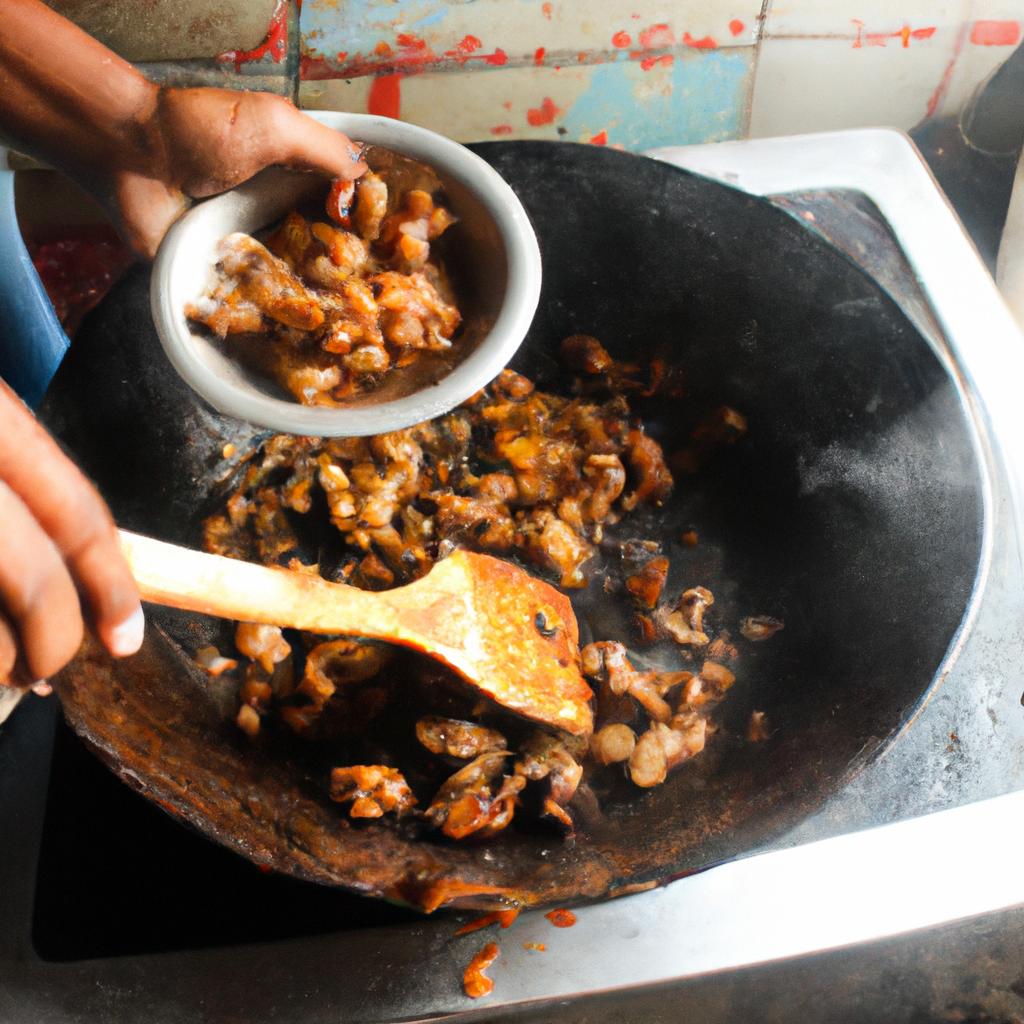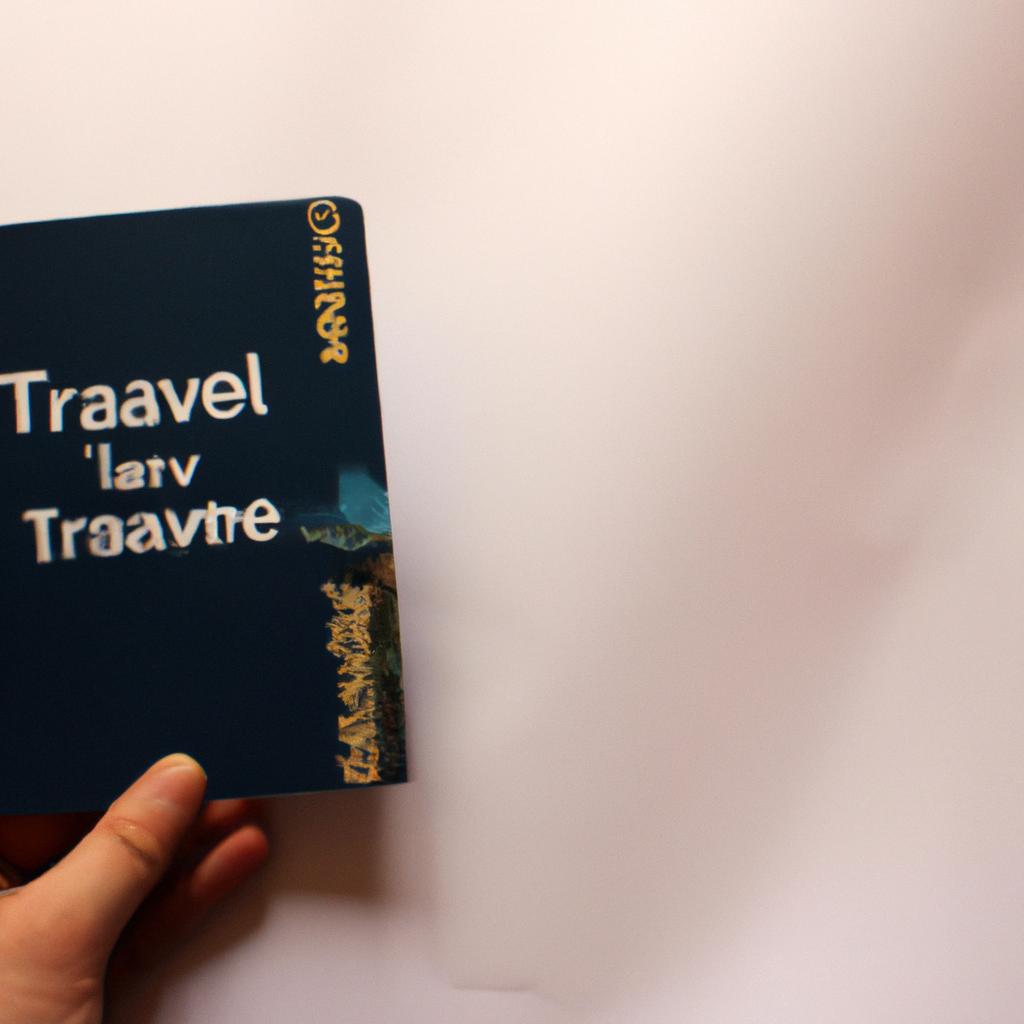Coquito: Puerto Rico’s Local Cuisine
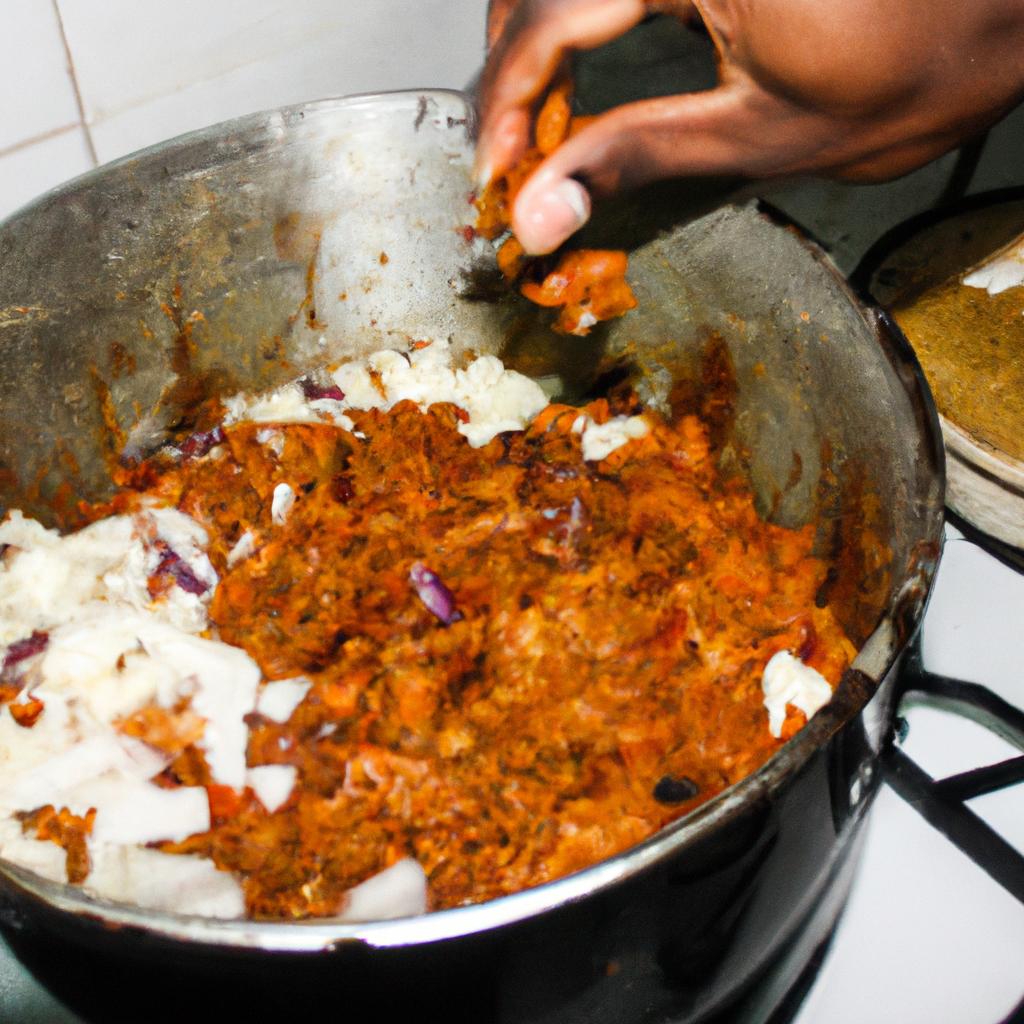
The culinary traditions of Puerto Rico are rich and diverse, reflecting the island’s unique blend of indigenous, African, and Spanish influences. One beloved aspect of Puerto Rican cuisine is coquito, a traditional holiday beverage that holds a special place in the hearts of locals. Coquito, often referred to as “Puerto Rican eggnog,” is a creamy concoction made with coconut milk, sweetened condensed milk, rum, and spices such as cinnamon and nutmeg. This article explores the origins of coquito, its cultural significance within Puerto Rican society, and its growing popularity beyond the shores of the Caribbean.
To illustrate the allure and impact of coquito on both locals and outsiders alike, let us consider Maria Lopez* from San Juan. Every year during the holiday season, Maria diligently prepares large batches of coquito using her grandmother’s secret recipe passed down through generations. As family members gather around their kitchen table adorned with an assortment of festive decorations, Maria carefully pours each glass filled with this velvety elixir for everyone to enjoy. The room fills with laughter and nostalgic conversations while indulging in this cherished tradition – a testament to how deeply rooted coquito is in Puerto Rican culture.
Beyond its cultural significance during celebrations like Christmas or Three Kings Day , coquito has also become a symbol of Puerto Rican identity and pride. It is often shared among friends and family as a gesture of hospitality and warmth. Many Puerto Ricans living abroad use coquito as a way to connect with their cultural roots and share a taste of home with others.
In recent years, coquito has gained popularity beyond the shores of Puerto Rico. It is now commonly found in Latin American and Caribbean communities around the world, as well as being enjoyed by people from various backgrounds who have discovered its deliciousness. Festivals and competitions dedicated to coquito have sprung up in different cities, where participants showcase their unique twists on the classic recipe.
The versatility of coquito allows for personalization based on individual preferences. Some may add additional spices like cloves or ginger, while others experiment with different types of rum or even non-alcoholic versions for those who prefer not to consume alcohol. Regardless of the variations, one thing remains constant – the creamy, rich flavors that make coquito so indulgent and irresistible.
As interest in Puerto Rican cuisine continues to grow globally, coquito stands out as a shining example of the island’s culinary traditions. Its blend of tropical flavors, history, and cultural significance make it an experience that goes beyond just a holiday beverage – it is a testament to the resilience, creativity, and unity of the Puerto Rican people.
So whether you’re sipping on coquito during a festive gathering or simply enjoying it alone at home, know that you are partaking in a tradition steeped in love, heritage, and community. Cheers to the magic of coquito!
History of Coquito
Imagine yourself sitting under the warm Puerto Rican sun, sipping on a creamy and indulgent coconut-based drink called coquito. This traditional beverage has been enjoyed by generations, steeped in a rich history that reflects the vibrant culture of Puerto Rico.
Coquito’s origins can be traced back to the early Spanish settlers who brought their love for eggnog from Europe to the island. However, due to limited access to certain ingredients like milk during colonial times, Puerto Ricans ingeniously substituted it with coconut milk. This adaptation not only made coquito unique but also added a tropical twist to its flavor profile.
Over time, coquito became deeply ingrained in Puerto Rican festivities, particularly during Christmas celebrations. It is often lovingly referred to as “Puerto Rico’s answer to eggnog,” representing both tradition and innovation within local cuisine. Passed down through families as cherished heirlooms, each household adds their own personal touch to this beloved holiday treat.
To truly understand the significance of coquito in Puerto Rican culture, consider these emotional responses associated with this delectable beverage:
- Nostalgia: Savoring a glass of homemade coquito brings memories flooding back—of childhood laughter echoing through bustling kitchens and festive gatherings filled with loved ones.
- Unity: Coquito serves as a symbol of unity among friends and family members who gather together during the holiday season, bonding over shared traditions and culinary delights.
- Comfort: With its velvety texture and decadent flavors reminiscent of warm spices and toasted coconut, coquito offers comfort during cold winter nights or moments when one craves reassurance.
- Pride: In every sip lies the pride of an entire community; coquito represents Puerto Rico’s cultural resilience and ability to adapt while honoring its roots.
Furthermore, let us delve into some key historical milestones related to coquito:
| Year | Milestone |
|---|---|
| 1900 | The first documented recipe for coquito appeared in a Puerto Rican cookbook, showcasing its growing popularity. |
| 1948 | Coconut milk became more accessible due to advancements in food processing technology, allowing coquito to be enjoyed by an even wider audience. |
| 1970s | Coquito gained recognition outside of Puerto Rico as the island’s diaspora spread throughout the United States and beyond, introducing this delightful beverage to new cultures and communities. |
| Present day | Coquito is celebrated not only during Christmas but also at various cultural events, such as music festivals and culinary showcases worldwide. |
As we transition into exploring the ingredients used in coquito, it becomes evident that understanding its historical context enhances our appreciation for this beloved drink. Let us now uncover the secrets behind crafting the perfect blend of flavors that make up this tantalizing elixir.
Ingredients used in Coquito
Transition from previous section:
Having explored the rich history of Coquito, let us now delve into the essential ingredients used in this beloved Puerto Rican holiday beverage.
Ingredients used in Coquito
To truly understand and appreciate the flavors of Coquito, it is important to examine its key components. The following paragraphs will outline the primary ingredients that contribute to the unique taste and experience of this traditional drink.
Example: Imagine a cozy family gathering during the festive season where everyone eagerly awaits the arrival of a batch of homemade Coquito. As they gather around an intricately decorated table, their senses are aroused by the enticing aroma wafting from glasses brimming with this creamy concoction.
Firstly, coconut milk forms the base of Coquito. This luscious tropical ingredient lends a smooth texture and imparts a subtly sweet flavor that perfectly complements other elements present in this delightful beverage. It adds richness and depth to each sip, evoking feelings of warmth and comfort.
Secondly, rum plays a significant role in infusing Coquito with its characteristic kick. Traditionally made using Puerto Rican rum, such as Don Q or Bacardi, it provides a robust undertone that harmonizes with both sweet and savory notes found in this classic festive libation. The addition of rum not only enhances the overall taste but also creates a sense of celebration among those partaking in its consumption.
Thirdly, condensed milk brings sweetness to Coquito while contributing to its velvety consistency. This ingredient acts as a natural sweetener without overpowering other flavors present within this indulgent drink. Its presence ensures that every sip leaves behind a lingering essence on one’s palate.
Lastly, spices such as cinnamon and nutmeg lend complexity and depth to Coquito’s flavor profile. These aromatic additions add layers of warmth and nostalgia reminiscent of cherished holiday memories. With just a hint of spice dancing on their tongues, individuals sipping on Coquito are transported to a place of joy and merriment.
The emotional response evoked by Coquito’s ingredients can be summarized as follows:
- Comfort: The presence of coconut milk creates a sense of warmth and comfort, reminiscent of home.
- Celebration: The addition of rum instills a feeling of celebration and festivity.
- Indulgence: Condensed milk contributes to the luxurious and indulgent nature of this beloved Puerto Rican beverage.
- Nostalgia: Spices like cinnamon and nutmeg evoke memories of past holiday seasons, bringing about a sense of nostalgia.
To further illustrate these emotions, refer to the following table:
| Emotion | Ingredient |
|---|---|
| Comfort | Coconut Milk |
| Celebration | Rum |
| Indulgence | Condensed Milk |
| Nostalgia | Cinnamon & Nutmeg |
As we have seen, each ingredient in Coquito serves a distinct purpose in creating an experience that is both comforting and celebratory. In the subsequent section, we will explore the traditional preparation methods employed when crafting this cherished Puerto Rican delicacy.
Traditional preparation of Coquito
Transitioning from the previous section on the ingredients used in Coquito, let us now delve into the traditional preparation of this beloved Puerto Rican holiday drink. To illustrate this process, imagine a family gathering during the festive season where Maria, an experienced cook, takes charge of preparing a batch of Coquito for everyone to enjoy.
Firstly, Maria gathers all the necessary ingredients mentioned earlier – coconut milk, condensed milk, evaporated milk, rum, cinnamon sticks, vanilla extract, and nutmeg. She carefully measures each ingredient according to her secret family recipe handed down through generations. This attention to detail ensures that every sip of Coquito is perfectly balanced with flavors that complement one another.
Once she has all the ingredients ready, Maria begins by pouring the coconut milk into a large mixing bowl. Then she slowly adds the condensed milk and whisks them together until they form a smooth base. Next, she pours in the evaporated milk while continuing to whisk gently. The mixture gradually thickens as it blends harmoniously.
To infuse richness and warmth into the Coquito, Maria adds a generous amount of rum along with two cinnamon sticks and a dash of vanilla extract. These additions contribute complexity and depth to the flavor profile of this creamy beverage. Lastly, she grates fresh nutmeg directly into the mixture for an aromatic touch that enhances its overall appeal.
- Nostalgia: Each sip evokes memories of past celebrations shared amongst loved ones.
- Comfort: Coquito provides a sense of comfort during cold winter nights or stressful times.
- Unity: Preparing Coquito often involves teamwork among family members or friends.
- Tradition: It represents cultural heritage passed down through generations.
As we can see from these emotions associated with Coquito consumption, it holds significance beyond just being a delicious drink.
Additionally, let’s incorporate a table illustrating different variations people may choose when making their own Coquito:
| Variation | Description | Key Ingredient |
|---|---|---|
| Chocolate Coquito | A decadent twist with the addition of cocoa powder or melted chocolate. | Cocoa Powder/Chocolate |
| Almond Coquito | An almond-infused version for those who enjoy a nutty undertone. | Almond Extract |
| Coffee Coquito | For coffee lovers, this variation incorporates brewed coffee into the mix. | Strong Brewed Coffee |
| Tropical Fruit Coquito | This fruity adaptation includes pureed tropical fruits like pineapple or mango. | Pineapple/Mango Puree |
In conclusion to our exploration of traditional Coquito preparation, we have observed how Maria meticulously combines all the ingredients to create a harmonious blend that captures the essence of Puerto Rican flavors. The emotional connection and sense of unity associated with its consumption further add to its appeal as a cherished holiday tradition.
Transitioning to our next section about variations of Coquito, let us now explore how different adaptations and creative twists can be incorporated into this beloved drink without losing sight of its rich cultural heritage.
Variations of Coquito
After exploring the traditional preparation methods for Coquito, let us now delve into the various delightful variations that exist. These adaptations showcase the creativity and versatility of this beloved Puerto Rican holiday beverage.
Imagine a scenario where you are attending a festive gathering during the holiday season in Puerto Rico. As you make your way through the crowd, you come across different versions of Coquito being served to eager guests. Each variation offers its own unique twist on this classic drink, captivating both locals and visitors alike.
Variations of Coquito can include:
- Spiced Delight: Some individuals prefer to add warm spices such as cinnamon, nutmeg, or cloves to enhance the flavor profile of their Coquito.
- Tropical Fusion: In this version, ingredients like fresh pineapple or coconut water are added to infuse a tropical essence into the creamy concoction.
- Chocolate Infusion: For chocolate lovers, adding cocoa powder or melted chocolate creates an indulgent twist on traditional Coquito.
- Nutty Sensation: Nuts such as almonds or pecans can be incorporated into the recipe to provide additional texture and complexity to the beverage.
To further illustrate these variations, consider the following table:
| Variation | Key Ingredient(s) |
|---|---|
| Spiced Delight | Cinnamon, nutmeg, cloves |
| Tropical Fusion | Fresh pineapple, coconut water |
| Chocolate Infusion | Cocoa powder, melted chocolate |
| Nutty Sensation | Almonds, pecans |
By offering an array of possibilities with distinct flavors and textures, these adaptations allow individuals to tailor their Coquito experience according to personal preferences and taste buds. Whether it’s savoring a spiced delight or relishing a tropical fusion of flavors, each variation adds a touch of innovation while still preserving the essence of this cherished beverage.
As we explore how best to serve and enjoy Coquito, we will discover the various traditions and customs associated with this delightful drink. So let us now turn our attention to the next section where we explore the rich tapestry of serving and enjoying Coquito in Puerto Rican culture.
Serving and Enjoying Coquito
Transitioning from the previous section on the variations of Coquito, let us now delve into the ways in which this delightful Puerto Rican beverage is served and enjoyed. To illustrate its versatility, consider a hypothetical scenario where Carlos invites his friends over for a holiday gathering. As they gather around the table to celebrate, he presents them with an array of different Coquito recipes that reflect various regional twists.
When it comes to serving and enjoying Coquito, there are several key aspects to keep in mind:
-
Presentation: Much like any other culinary creation, presentation plays a crucial role in enhancing one’s enjoyment of Coquito. Carlos carefully selects beautiful glassware or traditional coconut shells as vessels for serving the drink. He adds garnishes such as cinnamon sticks or grated nutmeg on top to add visual appeal.
-
Pairings: Carlos understands that pairing Coquito with complementary flavors can elevate the overall experience. Alongside each variation of Coquito, he offers small bites like sweet plantain fritters or flan de coco (coconut custard) to create harmonious flavor combinations.
-
Temperature: The temperature at which Coquito is served greatly impacts its taste and texture. Carlos ensures that all his variations are chilled properly before being presented to his guests, allowing them to savor the creamy and refreshing nature of this beloved beverage.
-
Festive Atmosphere: Beyond just the physical elements, creating a festive atmosphere contributes significantly to enjoying Coquito fully. Carlos decorates his space with vibrant colors reminiscent of Puerto Rico’s culture, playing lively Latin music in the background while encouraging conversation and laughter among his friends.
In considering these aspects when serving and enjoying Coquito, an emotional connection forms between individuals and their cultural heritage through shared experiences and appreciation for Puerto Rican cuisine.
| Variations | Glassware | Garnish | Complementary Bites |
|---|---|---|---|
| Traditional | Clear glass | Cinnamon stick | Sweet plantain fritters |
| Coconut & Mango | Coconut shell | Grated nutmeg | Flan de coco |
| Spiced Chocolate | Martini | Shaved dark chocolate | Churros |
| Tropical Delight | Goblet | Pineapple wedge | Mango salsa |
Transitioning into the subsequent section on Coquito’s cultural significance, we will explore how this beloved beverage embodies Puerto Rico’s rich heritage and traditions.
Coquito’s Cultural Significance
Transitioning from the previous section on serving and enjoying coquito, it is important to acknowledge the cultural significance of this beloved Puerto Rican beverage. Understanding how coquito has become an integral part of Puerto Rico’s local cuisine requires delving into its historical roots, social context, and enduring traditions.
To illustrate the impact of coquito on Puerto Rican culture, let us consider a hypothetical scenario. Imagine Maria, a young woman born and raised in San Juan, preparing for her family’s annual Christmas gathering. As she meticulously mixes rum, coconut milk, condensed milk, spices, and other secret ingredients passed down through generations, Maria not only aims to create a delicious drink but also intends to honor her heritage. For many Puerto Ricans like Maria, making coquito represents a form of cultural preservation that connects them to their ancestral past.
The cultural significance of coquito can be further understood by examining its role in various aspects of Puerto Rican society:
- Festive Celebrations: Coquito plays a prominent role during holidays such as Christmas and New Year’s Eve when families gather to celebrate together. Its presence at these festivities fosters a sense of unity and shared tradition among loved ones.
- Culinary Identity: In addition to being enjoyed as a standalone drink, coquito is often used as an ingredient in traditional desserts and baked goods. This versatile application showcases its importance within Puerto Rico’s culinary repertoire.
- Community Bonding: The preparation of coquito often involves family members coming together in the kitchen to share stories, laughter, and secrets handed down from one generation to the next. It serves as a catalyst for intergenerational bonding and strengthening familial ties.
- Cultural Pride: Coquito embodies Puerto Rican pride and resilience in the face of adversity. Despite hardships faced throughout history, this flavorful libation symbolizes the tenacity and perseverance inherent in Puerto Rican identity.
Table: Traditional Ingredients Used in Coquito
| Ingredients | Purpose |
|---|---|
| Rum | Provides a distinct flavor and adds alcoholic content |
| Coconut Milk | Imparts richness and creaminess |
| Condensed Milk | Adds sweetness and enhances texture |
| Cinnamon, Nutmeg | Infuses warm spices into the drink |
Through its cultural significance, coquito has transcended being merely a beverage to become an emblem of Puerto Rican heritage. By embracing this tradition, individuals like Maria not only keep their culture alive but also contribute to the preservation of collective memories and shared experiences. The enduring popularity of coquito signifies its deep-rooted connection to Puerto Rico’s local cuisine and serves as a testament to the vibrant tapestry that defines the island’s identity.

